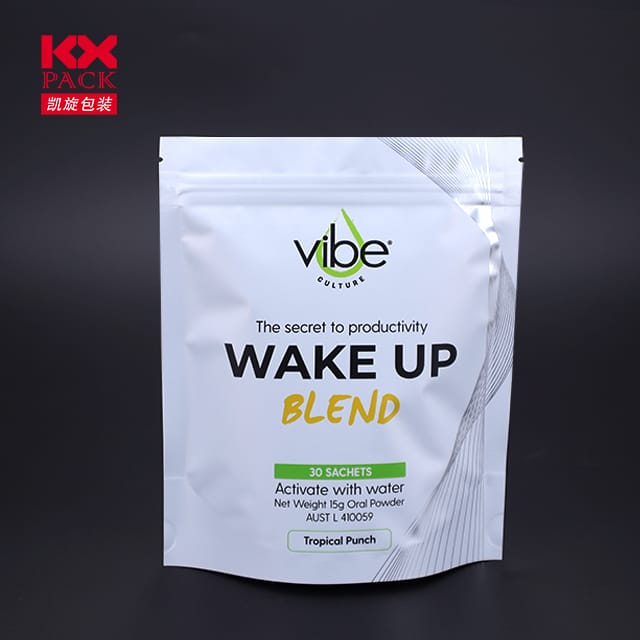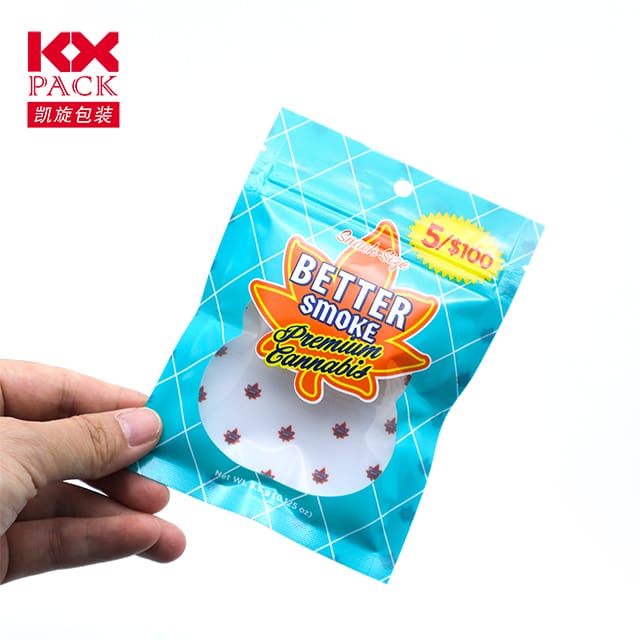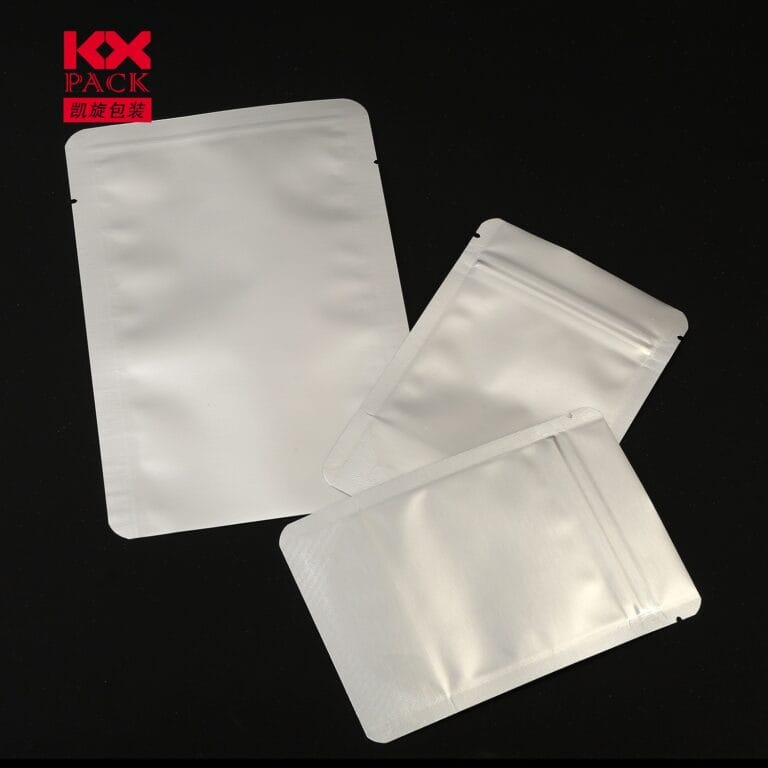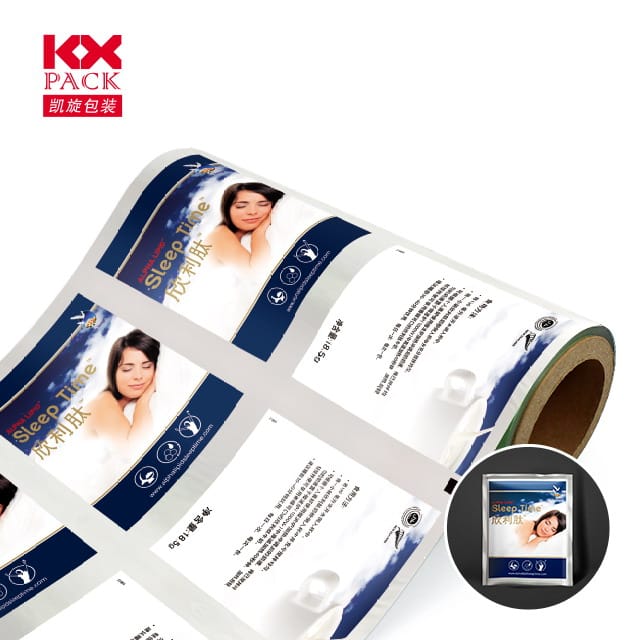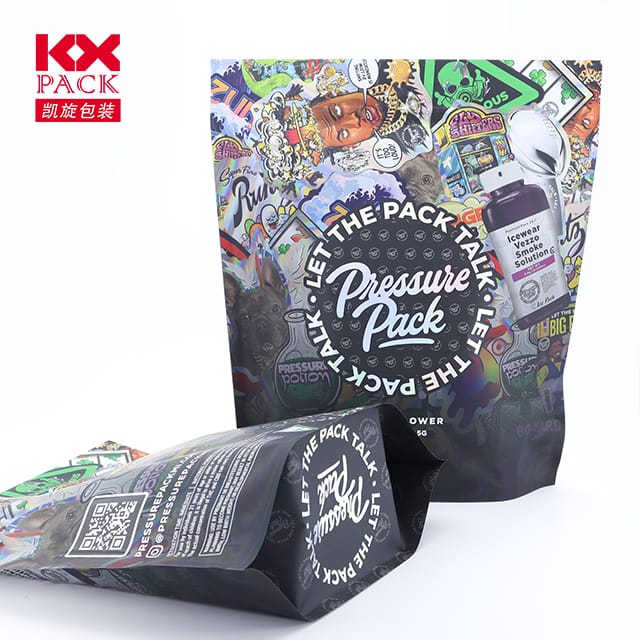Utforsk verden av filmmatemballasje: Innovasjon og bærekraft
Film Food Packaging
In the dynamic landscape of the food industry, filmmatemballasje står som en hjørnestein, spiller en sentral rolle for å ivareta kvaliteten, sikkerhet, og hylle – livet til et stort utvalg av matvarer. Fra ferske råvarer til bearbeidet snacks, the right film packaging can make all the difference in ensuring that food reaches consumers in optimal condition.
The Essence of Film Food Packaging
Film food packaging encompasses a wide range of high – polymer materials designed to act as a barrier against external contaminants such as dust, bakterie, og fuktighet. These contaminants can swiftly spoil food or render it unsafe for consumption. For eksempel, when it comes to fresh fruits and vegetables, proper film packaging can prevent dehydration and the growth of harmful microorganisms, thus extending their freshness and nutritional value.
One of the key functions of film food packaging is to maintain the hygiene and safety of food products. It acts as a shield, creating a physical barrier that stops external factors from infiltrating the food. This is crucial in preventing foodborne illnesses, which can have serious health consequences for consumers. I tillegg, it reduces the risk of food waste by keeping food in a consumable state for longer periods.
Types and Materials of Film Food Packaging
There are various types of film food packaging materials, each with its own unique properties and applications. Low – density polyethylene (LDPE), linear low – density polyethylene (LLDPE), ethylene – vinyl acetate (EVA), cellulose film, and even edible films are commonly used.
LDPE is known for its flexibility and moisture resistance, making it suitable for packaging a wide range of foods, including dry goods like grains and cereals. LLDPE, on the other hand, offers better tensile strength and puncture resistance, which is ideal for packaging heavier or more delicate food items. EVA is often used in food packaging due to its good transparency and sealability.
De siste årene, there has been a growing trend towards the use of biodegradable and sustainable film materials. For eksempel, bakterie – cellulose – based films have emerged as a promising alternative. These films are produced by fermenting bacteria likeAcetobacter xylinum in the presence of nutrients, forming a self – protective layer of cellulose. This material is completely compostable and has excellent mechanical strength. It can be used to package various types of dry foods such as flour, rice, and tea leaves.
Innovations in Film Food Packaging
Antimicrobial Films
One of the most exciting innovations in film food packaging is the development of antimicrobial films. These films incorporate substances that can inhibit the growth of microorganisms, thereby extending the shelf – life of food products. There are different types of antimicrobial agents used in these films.
Inorganic antimicrobial agents, such as silver, copper, zinc, and titanium compounds, have been widely studied. For eksempel, sølv – based antimicrobial films work through two main mechanisms. One is the contact reaction mechanism, where the metal ions in the film come into contact with microorganisms, damaging their protein structures and causing death or dysfunction. The other is the active oxygen mechanism, where the metal ions absorb energy from the environment and activate oxygen in the air and water on the film surface, producing hydroxyl radicals and active oxygen ions that can destroy bacterial cells.
Organic antimicrobial agents, like chitosan, are also gaining popularity. Chitosan is derived from the shells of crustaceans and has natural antimicrobial properties. When incorporated into film packaging, it can effectively inhibit the growth of a wide range of microorganisms.
Smarte filmer
Another innovative development is the creation of smart films. These films can respond to changes in the environment or the food product itself. For eksempel, pH – sensitive films can change color when the pH level of the food changes, indicating potential spoilage. Temperature – sensitive films can alert consumers or retailers when the food has been exposed to temperatures that may compromise its quality.
Environmental Impact and Sustainability
While film food packaging offers numerous benefits, its environmental impact cannot be ignored. The excessive use of non – biodegradable plastic films has led to significant pollution and waste management issues. Plastic waste can take hundreds of years to decompose, and it often ends up in oceans, rivers, and landfills, causing harm to wildlife and ecosystems.
To address this challenge, there is a growing emphasis on sustainable packaging solutions. Biodegradable film materials, as mentioned earlier, are one such solution. I tillegg, recycling initiatives are being promoted to reduce the amount of waste generated by film food packaging. For eksempel, some companies are developing recycling processes for different types of film materials, allowing them to be reused in the production of new packaging materials.
The Future of Film Food Packaging
The future of film food packaging looks promising, with a strong focus on innovation and sustainability. Researchers and manufacturers are constantly working to develop new materials and technologies that can improve the performance of film packaging while reducing its environmental footprint.
Etter hvert som forbrukerne blir mer miljøbevisste, there is an increasing demand for sustainable packaging solutions. This is driving the industry to invest more in research and development of biodegradable and recyclable film materials. Samtidig, advancements in antimicrobial and smart film technologies are expected to further enhance the functionality of film food packaging, providing better protection for food products and improving the overall consumer experience.
For å konkludere, film food packaging is an essential aspect of the food industry. It plays a crucial role in ensuring food safety, kvalitet, og hylle – liv. While there are challenges related to its environmental impact, ongoing innovations and a shift towards sustainability offer hope for a more environmentally friendly and efficient future in film food packaging. As technology continues to evolve, we can expect to see even more exciting developments in this field.

